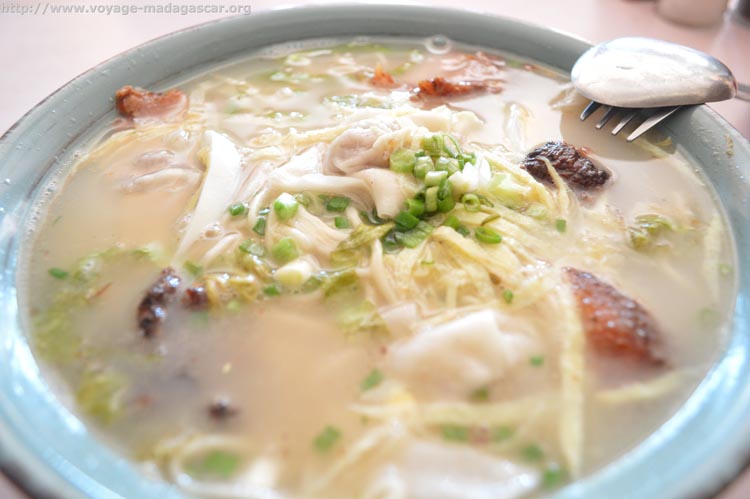Introduction: Malagasy cuisine
Malagasy cuisine is a unique blend of African, Asian, and European influences, reflecting the island nation’s rich history and diverse cultural heritage. The cuisine is largely defined by its use of rice, which is a staple food in Madagascar and forms the basis of many traditional dishes. However, Malagasy cuisine is far from monolithic, with a wide variety of regional variations and specialties that reflect the distinct culinary traditions and ingredients of different parts of the country.
Diversity of Malagasy food
Madagascar’s diverse landscape and climate have given rise to a wide range of ingredients and cooking styles, from the seafood-rich coastal regions to the rice paddies and cattle ranches of the highlands. In addition to rice, staples of Malagasy cuisine include vegetables such as cassava, sweet potato, and beans, as well as meat and fish, often prepared with a variety of herbs, spices, and sauces. Many dishes are also characterized by a sweet and sour flavor profile, resulting from the use of ingredients like tamarind, lime, and honey.
Regional cuisines in Madagascar
Like many countries, Madagascar has distinct regional cuisines that reflect the unique culinary traditions and local ingredients of different parts of the country. In the central highlands, for example, the cuisine is characterized by hearty stews and soups made with beef or zebu (a type of cattle), as well as rice dishes flavored with ginger, garlic, and other spices. In the coastal regions, seafood is a staple ingredient, with dishes like octopus curry and coconut milk-based seafood stews being particularly popular. And in the northern part of the country, rice remains a staple, but is often paired with meat or vegetable dishes that are heavily influenced by the island’s Asian heritage.
Influence of geography and climate
The diverse geography and climate of Madagascar have had a profound impact on the development of Malagasy cuisine. For example, the coastal regions benefit from abundant seafood and tropical fruits, while the highlands are home to rice paddies and cattle ranches. Additionally, the island’s proximity to Africa, Asia, and Europe has led to the incorporation of a wide range of culinary influences into Malagasy cuisine, with dishes often featuring ingredients like coconut, ginger, and chili peppers.
Traditional dishes from different regions
There are many traditional Malagasy dishes that are specific to different regions of the country. In the central highlands, one popular dish is ravitoto, a stew made with cassava leaves, pork, and spices. In the coastal regions, seafood is often prepared in a coconut milk-based sauce known as romazava. And in the north, one popular dish is vary sosoa, a rice dish flavored with tomato, ginger, and green beans. Other traditional dishes include akoho sy voanio, a chicken and rice dish from the western part of the country, and koba, a dessert made with rice flour, peanuts, and banana.
Conclusion: Experiencing Malagasy cuisine
Experiencing Malagasy cuisine is a unique and rewarding experience that showcases the island nation’s rich culinary history and cultural heritage. With a wide range of regional variations and traditional dishes to explore, there is something for every palate in Malagasy cuisine. Whether you are sampling seafood stews in the coastal regions, hearty stews in the highlands, or rice-based dishes in the north, you are sure to be impressed by the diversity and complexity of flavors that characterize this fascinating cuisine.

